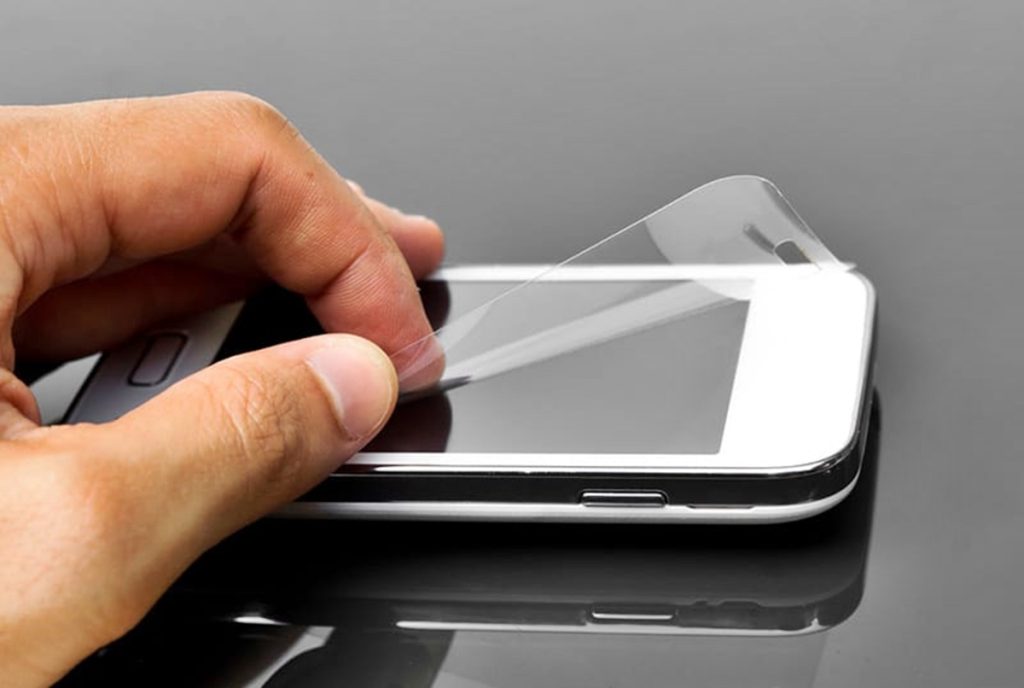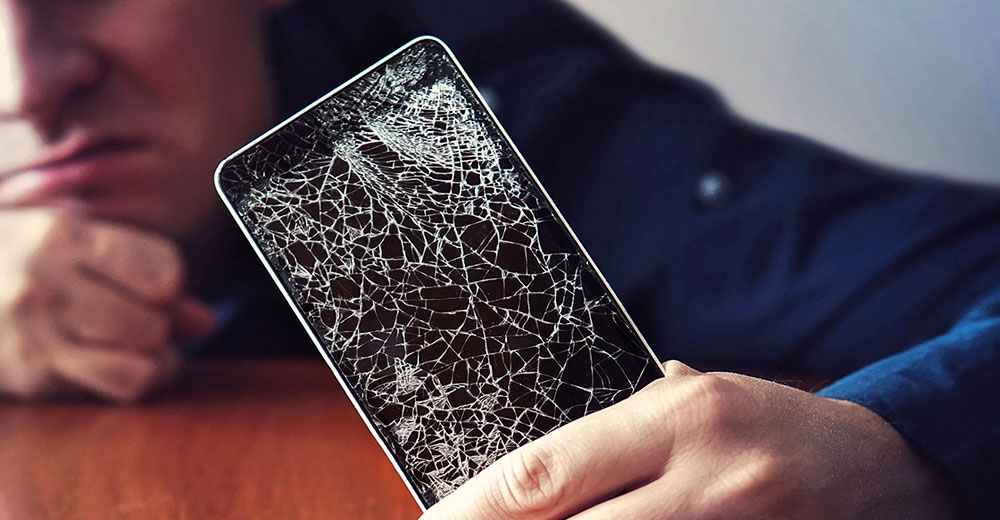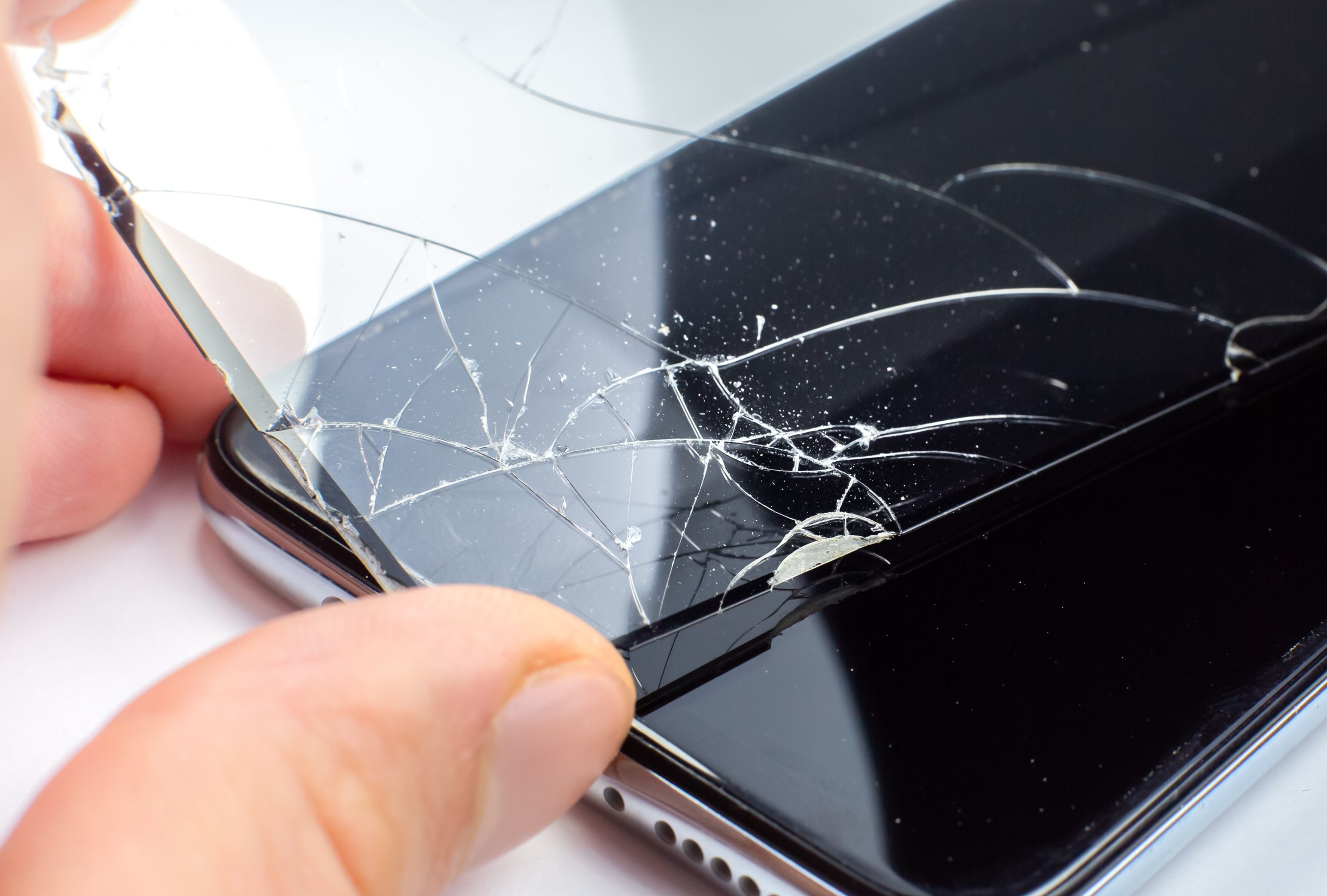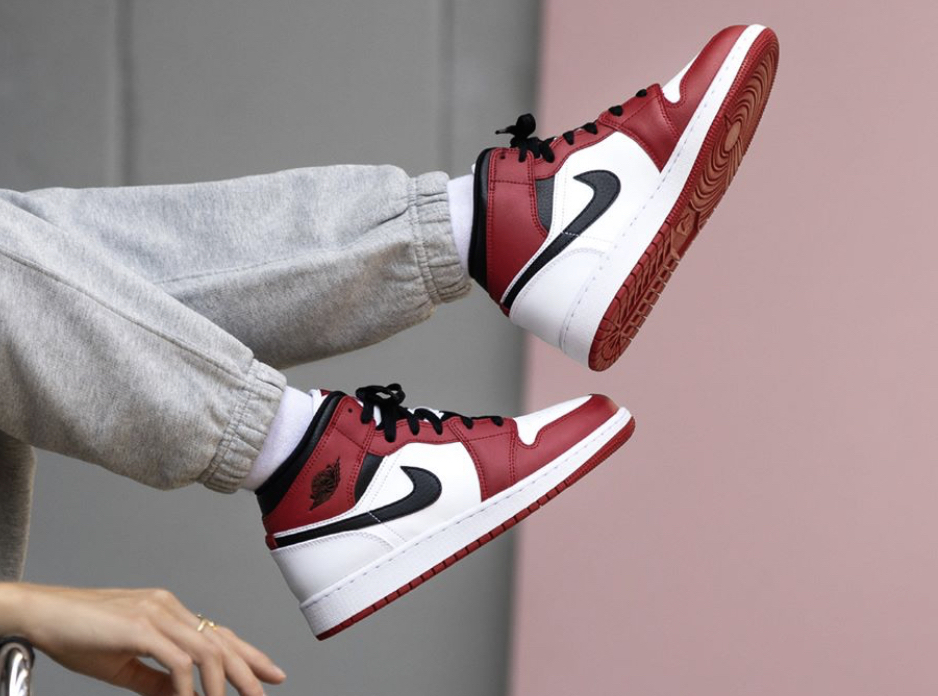Indeed, you can apply a screen protector to a cracked screen for temporary safeguarding and to prevent additional damage.
However, it is not a permanent solution for the cracked screen, and you should consider getting the screen repaired or replaced for long-term functionality.
Here are some points to consider when putting a Screen Protector on a Cracked Screen.
- The severity of the screen crack.
- The type and quality of the screen protector.
- Compatibility with touch screen functionality.
- The intended use and protection needs.
- Adhesive quality and application technique.
The Purpose of a Screen Protector

The primary purpose of a screen protector
Screen protectors serve as the main defense for the screens of electronic devices like smartphones, tablets, laptops, and certain digital cameras, shielding them from scratches and harm.
These thin, transparent sheets of material adhere to the device’s screen and act as a physical barrier to protect it.
How screen protectors work and the various aspects of their functionality:
Scratch Protection: Screen protectors are designed to absorb the wear and tear that screens often encounter during everyday use.
They provide a sacrificial layer that takes the brunt of minor scratches from objects like keys, coins, or abrasive surfaces. The protector itself can develop scratches, but the device’s screen remains unharmed.
Impact Protection: In addition to scratch resistance, some screen protectors offer impact protection.
They are made from materials like tempered glass or multi-layered films that can absorb and disperse the force of impacts, reducing the likelihood of the screen shattering in the event of a drop or impact.
Oil and Smudge Resistance: Numerous screen protectors feature an oleophobic (oil-repellent) coating, which aids in repelling fingerprint smudges and simplifies screen cleaning. This contributes to a more enjoyable and clear viewing experience.
Anti-Glare and Privacy Features: Some screen protectors come with additional features, such as anti-glare coatings to reduce reflections and enhance outdoor visibility, as well as privacy filters that limit the viewing angle of the screen to protect sensitive information from prying eyes.
UV Protection: Certain screen protectors are equipped with UV-blocking properties, which help shield the screen from harmful ultraviolet rays, potentially reducing the risk of sun-related damage and screen discoloration.
Easy Installation: Screen protectors are typically designed for easy, bubble-free installation. They come with adhesive coatings that allow them to be applied to the screen without leaving residue or air bubbles when properly installed.
Custom Fit: Many screen protectors are precisely cut to fit specific device models, ensuring they cover the entire screen and align with the device’s features, such as front-facing cameras, sensors, and speakers.
The effectiveness of a screen protector depends on its quality, the materials used, and the care taken during installation.
While screen protectors can’t completely prevent all forms of damage, they are an affordable and practical way to extend the lifespan of electronic device screens and keep them looking clear and scratch-free.
Applying a Screen Protector on a Cracked Screen: Step-by-step guide
Applying a screen protector to a cracked screen can be a tricky situation, as the existing cracks may affect the adhesion and overall appearance of the protector.
However, if you want to protect the screen from further damage and are willing to accept the compromise of screen visibility due to existing cracks, here is a step-by-step guide on how to do it:
Materials you’ll need:
- Screen protector compatible with your device
- Microfiber cloth
- A piece of transparent tape (optional)
- Dust-free environment
Step-by-Step Guide:
Choose the Right Protector: Be sure to select a screen protector that matches your device’s exact model and screen dimensions.
Some screen protectors are designed to work better with cracked screens than others, so you may want to look for one with added features like impact resistance.
Clean the Screen: This step is crucial. Even with a cracked screen, it’s important to start with a clean surface. Here’s how to clean the screen properly:
- Power off your device and unplug it if applicable.
- Clean the screen with a microfiber cloth, taking care to remove dust, smudges, and fingerprints gently. Pay special attention to the cracked sections while ensuring the screen is as clean as possible.
- For stubborn particles on the screen, gently use a piece of transparent tape to lift them off. Apply the tape to the particle, then peel it away.
Prepare the Protector: Before you remove any backing from the protector, align it carefully with your device’s screen. Ensure it covers the entire screen and lines up with the device’s features (such as front-facing cameras or sensors).
Apply the Protector: Follow the instructions provided with your screen protector for the best results. Typically, you will need to peel off a backing or release a protective film from the adhesive side of the protector.
Align the protector with the screen, starting from one end and carefully pressing it down while smoothing out any air bubbles or wrinkles as you go.
Be especially careful around the cracked areas, as they may cause some irregularities in the adhesion.
Remove Air Bubbles: To eliminate lingering air bubbles or imperfections, gently push them towards the screen protector’s edge using a credit card or a similar smooth tool, allowing them to escape. Be careful not to put too much pressure on the cracked areas.
Trim Excess Protector (Optional): If the screen protector is larger than your device’s screen or if it doesn’t fit perfectly due to the cracks, you can trim any excess material with a sharp utility knife or scissors. Be extremely cautious during this step.
Clean and Inspect: After applying the protector, use the microfiber cloth to gently wipe away any remaining air bubbles, if any, and inspect the screen for any visible issues, especially around the cracked areas.
Power On: Power on your device and check if the touchscreen functions properly and if you can live with the visibility issues caused by the existing cracks and the screen protector.
Keep in mind that applying a screen protector to a cracked screen is a compromise, as the existing cracks may still be visible, and the protector might not adhere perfectly to those areas.
However, it can help prevent further damage and extend the usability of your device. If the cracks worsen or interfere with the device’s functionality, consider getting the screen repaired or replaced by a professional.
Benefits of Using a Screen Protector on a Cracked Screen
Preventing Further Damage:
Screen protectors can help contain and stabilize existing cracks, preventing them from spreading further. This can be crucial in extending the usable life of your device while you plan for repairs or a replacement.
Enhanced Durability:
A good quality screen protector, especially one made of tempered glass, adds an extra layer of protection to your device. This can absorb some of the impact in case of accidental drops or impacts, reducing the likelihood of additional damage to the screen.
Improved Safety:
A cracked screen can be sharp and pose a risk of injury, especially when you touch or swipe your fingers across it. A screen protector covers these jagged edges, making the device safer to use.
Maintaining Aesthetics:
While a screen protector won’t hide the existing cracks, it can help preserve the visual appeal of the device. It prevents the accumulation of dirt, dust, and debris in the cracks, which can make the damage less noticeable and maintain the device’s overall appearance.
Usability and Touchscreen Functionality:
Many modern screen protectors are designed to maintain or even improve touchscreen functionality.
They are typically engineered to be highly transparent and responsive so you can continue using your device effectively. In some cases, they may even provide a smoother, more consistent touch experience.
Cost-Efficiency:
Screen protectors are relatively inexpensive compared to screen repairs or replacements. Using a screen protector can be a cost-effective short-term solution to make your device usable while you consider your repair or replacement options.
Delayed Repairs or Replacement:
A cracked screen may not be an immediate priority for everyone, and using a screen protector can allow you to delay costly repairs or device replacement until it’s more convenient or financially feasible.
Resale Value:
If you plan to sell or trade-in your device in the future, using a screen protector can help maintain its resale value by preventing further damage and preserving its appearance.
In conclusion, using a screen protector on a cracked screen has several advantages, including preventing additional damage, enhancing durability, improving safety, maintaining aesthetics, preserving touchscreen functionality, and being cost-effective.
While it’s not a permanent solution, it can help you get the most out of your damaged device until you can arrange for repairs or a replacement.
Limitations of Screen Protectors on Cracked Screens

While using a screen protector on a cracked screen can provide some benefits, it’s essential to be aware of the limitations of this approach:
Temporary Solution:
Screen protectors are a temporary fix and do not address the underlying issue, which is the cracked screen itself.
Over time, the existing cracks may still worsen, and the protector may become less effective in preventing further damage. Ultimately, the device will likely require a proper repair or replacement.
Limited Effect on Deep or Extensive Cracks:
Screen protectors are most effective in covering small cracks or scratches. They may not be as effective in concealing deep or extensive cracks that disrupt the device’s functionality or make it difficult to view the screen.
In such cases, the protector may not adhere properly, leading to reduced touchscreen sensitivity and overall usability.
Reduced Aesthetic Improvement:
While screen protectors can help hide minor scratches and improve the visual appearance of a cracked screen, they cannot completely hide the cracks themselves.
In some cases, the cracks may still be visible through the protector, especially if they are severe or extensive.
Limited Impact Protection:
While screen protectors can absorb some impact and prevent minor scratches, they may not provide sufficient protection in the event of a substantial drop or heavy impact.
The underlying cracks and weaknesses in the screen can still be vulnerable to further damage, especially if the protector is not designed for impact resistance.
Sensitivity and Responsiveness:
While many modern screen protectors are designed to be highly transparent and responsive, they can sometimes affect the touchscreen’s sensitivity and responsiveness, particularly if the protector is not of high quality or correctly applied.
This can be a notable limitation when using touch gestures or precise interactions.
Cost Accumulation:
Over time, the cost of purchasing screen protectors as a temporary solution can add up.
If you plan to continue using your device with a cracked screen for an extended period, the cost of multiple protectors may approach or even exceed the cost of a repair or replacement.
FAQs
Can I put a screen protector on a cracked screen?
Yes, you can apply a screen protector on a cracked screen to provide temporary protection.
Will a screen protector fix the cracks on my screen?
No, a screen protector won’t fix existing cracks; it can only prevent further damage.
What are the benefits of using a screen protector on a cracked screen?
Using a screen protector can prevent the cracks from getting worse and reduce the risk of injury from sharp glass edges.
Can I use my touchscreen with a screen protector on a cracked screen?
Yes, a screen protector should maintain touchscreen functionality if applied correctly.
How do I apply a screen protector on a cracked screen?
Clean the screen, align the protector, and carefully apply it to the cracked screen.
Are there different types of screen protectors for cracked screens?
Screen protectors come in various materials, such as tempered glass or plastic, but the application process is similar.
Is using a screen protector a permanent solution for a cracked screen?
No, it’s a temporary solution. For a permanent fix, you should consider screen repair or replacement.
Will a screen protector cover deep or extensive cracks effectively?
Screen protectors may not adhere well to very deep or extensive cracks.
Can a screen protector prevent further damage from drops or impacts?
A screen protector can offer some protection against minor drops and impacts, but is not a guarantee.
Can I remove a screen protector from a cracked screen without causing more damage?
You can remove the screen protector, but be cautious to avoid causing further damage to the underlying screen.
Should I seek professional help for a cracked screen, or can I handle it myself?
Seeking professional repair or replacement is advisable for severe or extensive screen damage to ensure the best long-term functionality and safety.
Conclusion
Finally, in most cases, it is not recommended to put a screen protector on a cracked screen. A screen protector is designed to protect the original, undamaged screen from scratches and minor impacts.
If your screen is already cracked, applying a screen protector will not repair the damage or prevent further cracking. In fact, it may make the cracked screen more difficult to use and may not adhere appropriately due to the irregular surface.
If your screen is cracked, it’s advisable to have it professionally repaired or replaced to maintain the quality of your device’s display and to prevent further damage.
Applying a screen protector on top of a cracked screen is not good solution for fixing or protecting the screen.











